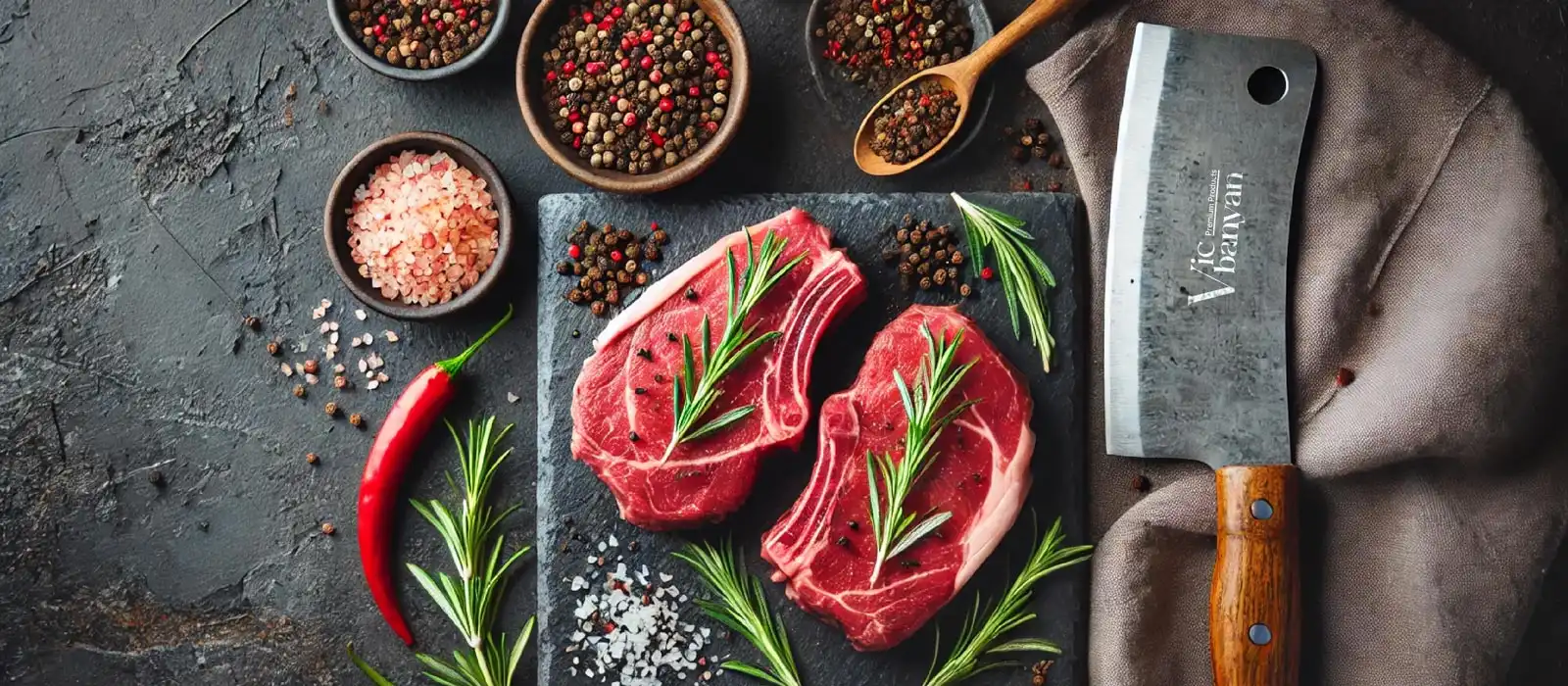Introduction
Sheep runners, traditionally known as byproducts of the meat industry, have found a variety of innovative applications across different sectors. From their initial use in the textile industry to modern uses in construction and automotive sectors, sheep runners are proving to be a versatile and sustainable material. This article explores the various industrial applications of sheep runners, highlighting their benefits and the innovative approaches that have expanded their use beyond traditional boundaries.
Traditional Uses of Sheep Runners
Historically, sheep runners were primarily used in the textile industry. The soft, durable nature of the material made it ideal for creating high-quality rugs, carpets, and other textile products. These applications not only provided a secondary revenue stream for meat producers but also ensured that the entire animal was utilized, promoting a more sustainable industry practice.
- Textile Products: Rugs, carpets, and clothing
- Economic Benefits: Additional revenue for meat producers
- Sustainability: Full utilization of the animal
Innovations in the Textile Industry
In recent years, the textile industry has seen significant innovation in the use of sheep runners. Advances in processing techniques have allowed for the creation of finer, more durable fibers, expanding the range of products that can be made from sheep runners. Additionally, eco-friendly dyeing and finishing processes have made these products more appealing to environmentally conscious consumers.
- Advanced Processing Techniques: Improved fiber quality
- Eco-friendly Practices: Sustainable dyeing and finishing methods
- New Product Lines: High-end fashion and home decor items
Sheep Runners in Construction Industry
The construction industry has also begun to recognize the value of sheep runners. Their insulating properties and durability make them an excellent material for use in various construction applications. From insulation to soundproofing, sheep runners are being used in innovative ways to improve building efficiency and sustainability.
- Insulation: Thermal and acoustic insulation
- Sustainability: Use of natural materials
- Durability: Long-lasting construction materials
Emerging Uses in the Automotive Industry
The automotive industry is another sector where sheep runners are finding new applications. The material’s durability and comfort make it ideal for use in car interiors, such as seat covers and floor mats. Moreover, the push for more sustainable and eco-friendly materials in vehicle manufacturing has led to increased interest in sheep runners.
- Car Interiors: Seat covers, floor mats
- Sustainability: Eco-friendly material options
- Comfort and Durability: Enhanced passenger experience
Environmental Impact and Sustainability
The use of sheep runners in various industries not only provides economic benefits but also has a positive impact on the environment. By utilizing this byproduct of the meat industry, companies can reduce waste and promote sustainability. Furthermore, the natural properties of sheep runners, such as biodegradability, make them an environmentally friendly choice compared to synthetic alternatives.
- Waste Reduction: Full utilization of the animal
- Biodegradability: Environmentally friendly material
- Sustainable Practices: Promotion of eco-friendly industrial processes
Conclusion
The innovative uses of sheep runners in various industries demonstrate the material’s versatility and sustainability. From traditional textile products to modern applications in construction and automotive sectors, sheep runners offer numerous benefits. By exploring and expanding the use of this byproduct, industries can not only improve their sustainability practices but also discover new economic opportunities. As research and development continue, it is likely that even more innovative applications for sheep runners will emerge, further enhancing their value in the industrial landscape.


